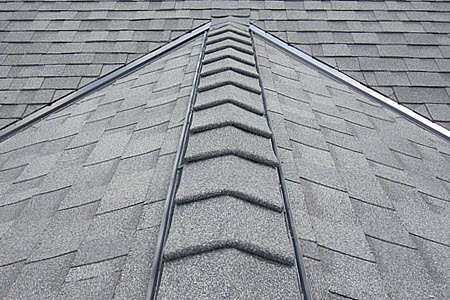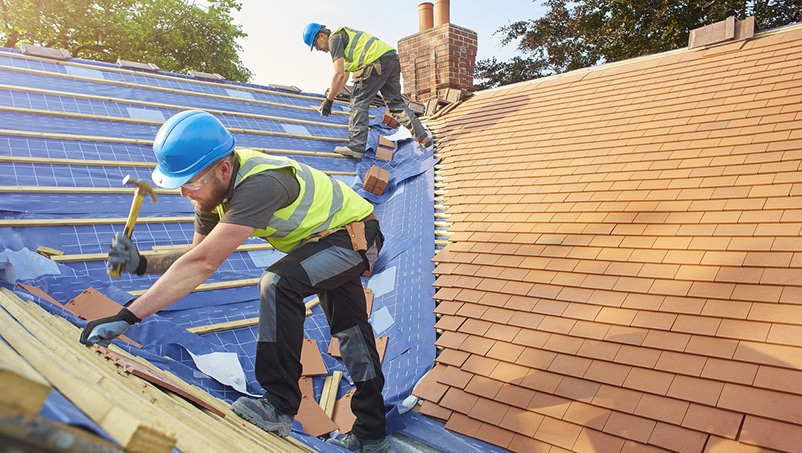The Important Guide to Roof Installment: Whatever You Required to Know
Whether you're a contractor or a homeowner, understanding the ins and outs of roof covering installment is crucial. That's where "The Essential Guide to Roof Covering Installment: Every Little Thing You Need to Know" comes in. With a 2nd individual point of view, active voice, and plenty of functional suggestions, this overview is your best resource for all things roofing installation.
Roof Covering Materials
When picking the best roofing materials for your setup, it is very important to consider factors such as longevity, cost, and aesthetic allure. You desire a roofing product that will certainly endure the elements and give resilient protection for your home. One alternative to think about is asphalt roof shingles. They are budget-friendly and come in a selection of colors and designs to match your taste. An additional option is steel roofing, which is immune and highly sturdy to fire, bugs, and rot. Metal roofings can additionally be energy efficient and mirror heat, assisting to reduce cooling expenses. If you're searching for a more all-natural and green option, think about wood tiles or shakes. They give a rustic look and can last for decades if correctly kept. Clay or concrete ceramic tiles are an additional popular option, understood for their sturdiness and visual allure. They come in a variety of styles and colors and are resistant to fire, rot, and bugs. When choosing roof products, it's crucial to weigh the advantages and disadvantages of each option and select the one that finest fits your requirements and budget plan.
Roofing Evaluation and Assessment
Before starting your roofing system installment, it is important to carry out a comprehensive roof assessment and assessment. A roof covering assessment entails analyzing the total problem of your roofing, determining any existing issues, and assessing its architectural stability.
Throughout the inspection, you ought to look for any signs of damages, such as missing out on or damaged tiles, leakages, or drooping areas. It is also crucial to examine the flashing around skylights, vents, and chimneys, as these areas are prone to leaks. Furthermore, take a look at the seamless gutters and downspouts for any debris or obstructions that might influence correct water drain.
As soon as you have actually finished the examination, you require to assess the overall condition of your roof. If any kind of repair work or replacements are essential before proceeding with the installation, identify. It is recommended to consult a specialist contractor to examine the degree of the damage and give ideal options. if there are considerable issues.
Roof Installment Process
To start the roofing setup process, you will certainly require to gather all the required products and devices. This includes roof roof shingles, underlayment, nails, flashing, and any various other parts required for your certain roof. It is necessary to guarantee that you have enough of each material to cover the whole roofing system area, as well as any type of additional products required for valleys, vents, and other roofing system functions.
When you have all the materials available, you can begin by preparing the roof covering surface area. This includes removing the old roof products, such as tiles, underlayment, and flashing. It's essential to check the roofing deck and make any essential fixings or replacements before continuing.
Next, you will require to mount the underlayment, which serves as a dampness barrier and offers extra defense for your roof. Begin at the end of the roof covering and work your way up, making certain that each row of underlayment overlaps the previous row.
After the underlayment is in place, you can begin setting up the roof tiles. Beginning near the bottom side of the roof and work your way up, complying with the maker's directions for the details sort of tiles you are using. Protect each tile with nails, seeing to it they are effectively straightened and spaced.
Finally, you will require to install the blinking around roof covering features such as vents, smokeshafts, and skylights. This helps to avoid water penetration and guarantees a leak-proof seal. Once all the shingles and blinking are set up, you can check the roofing system for any type of areas that may require additional focus or touch-ups.

Roof Covering Devices and Equipment
You will certainly require a variety of vital roof covering tools and devices to efficiently finish the setup procedure. These tools are needed to make certain that the roof is correctly set up and will certainly give long-lasting protection for your home. One of the most important tools you will require is a roof covering hammer, additionally called a roof covering hatchet. This tool is specifically made for roof covering and features a sharp blade for cutting shingles and a hammer head for driving in nails. Along with a roofing hammer, you will certainly additionally require an energy blade for cutting roof shingles, a tape action for taking accurate measurements, and a chalk line for marking guidelines on the roof. Other devices that are important for roofing installment consist of a ladder, a roof nail gun, and a roofing nailer. It is important to have the right tools and tools to make sure the setup process goes efficiently and successfully. By see page buying these important tools, you can be certain in the top quality and longevity of your roof covering installment.
Roofing System Upkeep and Care
Just how typically should you inspect and preserve your roof to guarantee its long life? Routine roof covering maintenance is critical in preserving the life-span of your roofing system. It is advised to conduct a thorough assessment at the very least twice a year, preferably in the spring and autumn. These are the times when extreme weather, such as hefty rain, solid winds, or snowfall, can cause considerable damage to your roof covering. In addition, it is recommended to inspect your roof covering after any type of extreme climate event to inspect for any kind of potential problems or damages.
During your roof examination, pay attention to signs of wear and tear, such as loose or missing shingles, cracked caulking, or damaged flashing. It is vital to resolve these concerns without delay to avoid further damages and leakages - austin roof installation services. On a regular basis tidy your rain gutters and downspouts to guarantee proper drainage and prevent water build-up on your roof covering
Cut any looming tree branches to prevent them from rubbing against the roof and triggering damages. If you discover any kind of signs of moss or algae growth, take into consideration applying a roofing cleaning service to protect against further damage.
Verdict
So there you have it, the crucial guide to roofing system installment. By understanding the different roof covering materials, carrying out routine examinations, following the appropriate installment process, and using the right tools and tools, you can ensure a durable and durable roof covering for your home. Remember to also prioritize regular maintenance and care hop over to these guys to extend the life expectancy of your next page roofing system and stop any potential problems. With this understanding, you'll be fully equipped to make enlightened decisions about your roofing system setup.

Before starting your roof covering setup, it is essential to carry out a detailed roofing evaluation and analysis. A roof evaluation entails taking a look at the general problem of your roof, identifying any existing issues, and evaluating its structural integrity.
It's important to guarantee that you have enough of each material to cover the entire roofing system area, as well as any extra materials required for valleys, vents, and other roof attributes.
Various other tools that are necessary for roof covering installment include a ladder, a roofing nail gun, and a roof covering nailer. Normal roofing system maintenance is crucial in maintaining the life-span of your roofing.